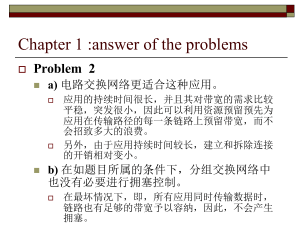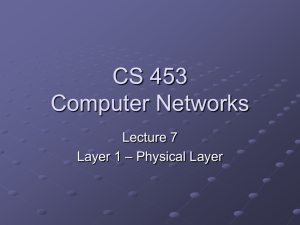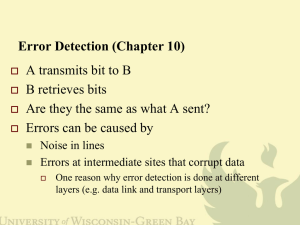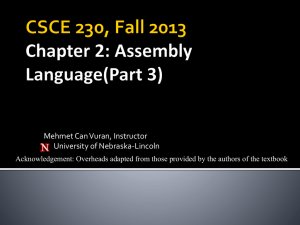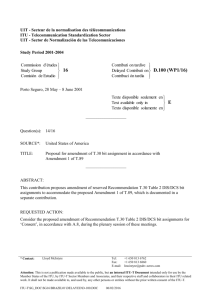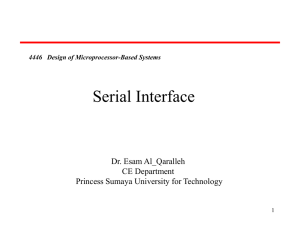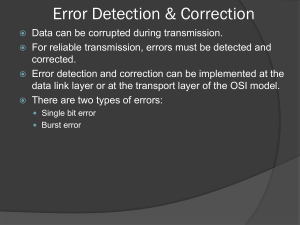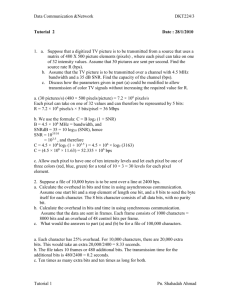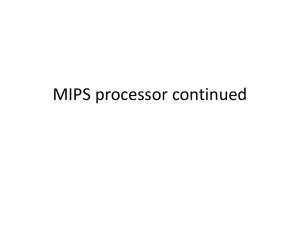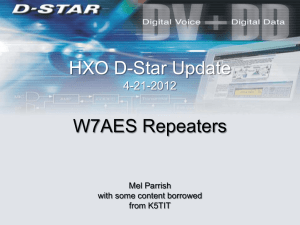Bob Frankston - Telecom 2018 Workshop
advertisement
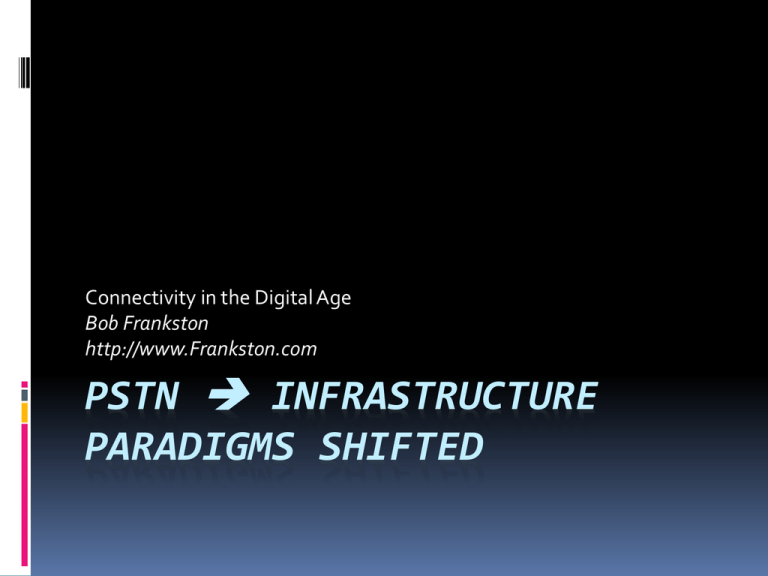
Connectivity in the Digital Age Bob Frankston http://www.Frankston.com PSTN INFRASTRUCTURE PARADIGMS SHIFTED Bits, The New Infrastructure Must address the cause not the symptoms Bits decouple services from the transport Bits are an alphabet with no value in themselves Value is External New funding model Infrastructure is a proven model Roads (The road system is an emergent property) Home Infrastructure Community Infrastructure We Contribute Infrastructure From Tenants to Owners With Home After 1995 Broadband, Cellular, PSTN No Fees, Ownership Monthly Fee per Device Zero marginal cost Never pay off finance fee Can use bits any way Dictate meaning of bits Peripherals and innovation Apps Extend to community Unbilled bits are dead bits Local Infrastructure Transition Happens Container Shipping Goods to packets. Private pikes to public roads Business community to community funding Advertising Supports services that aren’t profit centers USPS stamps on UPS boxes till 1970’s Stuck in 19th century? Single distribution system for electricity. Bits aren’t consumables with intrinsic value. Distribution system, not sharing. % as “bits” How is this model sustainable in a real market? No wonder DSL is in violation of Moore’s law! The network needn’t know which passengers are part of a team. Using Infrastructure Edge-to-Edge forced the issue VoIP without QoS Decoupling markets Hypergrowth Use of consumer infrastructure (home) Access Connectivity! Local is exciting and 100% “Internet” One “Internet” inside & outside Doing Our Own Infrastructure Marked-based native funding model Extends home and campus infrastructure Commons like roads and sidewalks Reduced costs by avoiding limits of pipes Stable funding model with aligned incentives Transformational, zero marginal cost: Creates opportunity Medical services, public safety, cost savings Making a Fresh Start Regulation to Markets Native funding for each service 9-1-1 direct connectivity Voice is an app Trust is social not a service Services are local and global Scrap Pile The following slides are a scrap pile that may be mined in the future Transition The PSTN retirement is a symptom Shifting the business model Analog: Service providers own infrastructure Digital: Bits enable a common infrastructure Stable market-based model Infrastructure own locally and regionally Services are diverse and funded natively From Regulation to Markets Overview From burden of the “PSTN” to Connectivity Services using the network not in the network No network services new funding model for net Layers to Decoupling (bits, relationships) Infrastructure is geographically local Just exchange bits, services are external Funded like roads Needs very little regulation Infrastructure is an enabler. After the PSTN PSTN: Provides burdened paying for ”wires” Connectivity decouples: How we get services How we pay for the “wires” Use native business models Neighbors work together for infrastructure Any provider can provide services 9-1-1 et al without legacy of the 1950’s Conclusion New paradigms, not virtual PSTN Generativity of BOYI (Infrastructure) Regulation Markets Local ownership of infrastructure Global availability of services Transitions Private Pikes to Public Roads Opportunities rather than promises The Concept of the PSTN Telegram as design point Intelligence in Network SS7 Services are provided Providers cover costs Sell services/messages Path is a Pipe (Naïve) Trust as a service Understanding bits The alphabet for information The universal solvent Are not consumed Who will Deploy Local Implications Bits, not “Internet” Used as basic infrastructure Meta Devices Policies for lights Safety Monitoring and Compliance Local video Not about Access Peer connectivity Not tied to a path It’s about Business Classic Telecom Value is in the network Funded by selling service Digital World Value is external Value created doesn’t fund the network Divestiture From Regulation to Markets Markets can now provide “telephony” Decoupling vs. lock-step engineering Escape QoS et al Playing out divestiture and bits from the 70’s From “Trust Ma Bell” to “Trust is Social” Enabling Hypergrowth Bits Change the Rules No “wired” vs. “wireless” Not Consumed Inverse relationship between value and quantity Services decoupled from bit-exchanging Skype Over-the-Top Cellular over IP Path independent Tethering Wi-Fi offloading Decouples Business Models Services Charge for value Level playing field Over all networks, not just one’s own Physical infrastructure Funding by taxing externalities Removes cost/complexity of billing/settlement “Broadband” all same so why till? Why the PSTN? Funding model, provider model Phone numbers Universal Service Emergency Services (911) Municipal info (311) Authentication and Caller-ID Billing QoS Dynamic Infrastructure Public safety if your in #oslo and are ok, try not to use your phone. #bombeoslo #osloexpl #utøya (Virtual) PSTN and More SIP Trunking? Cellular of IP Gateways into home Starting at the edge Tunneling Car software upgrade Bugaboos Networks Providers Lesson of search DNS Single Bar Trust and Zombies Ahead No Single Hop Funding like putting stamps on UPS boxes DSL vs. Line cards SS7 Congestion and Limits Infrastructure Funding Avoids needing elements to be profit center Like advertising liberates Google Aligned Incentives vs. Regulation Good Stuff Cheap Free “Wi-Fi” Public use Emergency use Bits are bits Crises Modems in the 90’s Funding Broadband Deployment Wi-Fi offload for Cellular Global Crossing failure Networking Start at Home Connecting devices in the home & campus DLNA Light Switches Intranets [sic] Municipal services Once we have connectivity Use for “offload” Transition Incremental from the edge Home networks Community: MDU, Development, Cities, Regions Interconnect models Aggregate purchasing Tunneling and Virtual Communities Business in Transition Decoupling from Cable NBCU TWG Telecom New Services BHR problem Divestiture Because of digital Structural Separation Wholesale/Retail – same model for different businesses. Spectrum Auctions on Steroids

